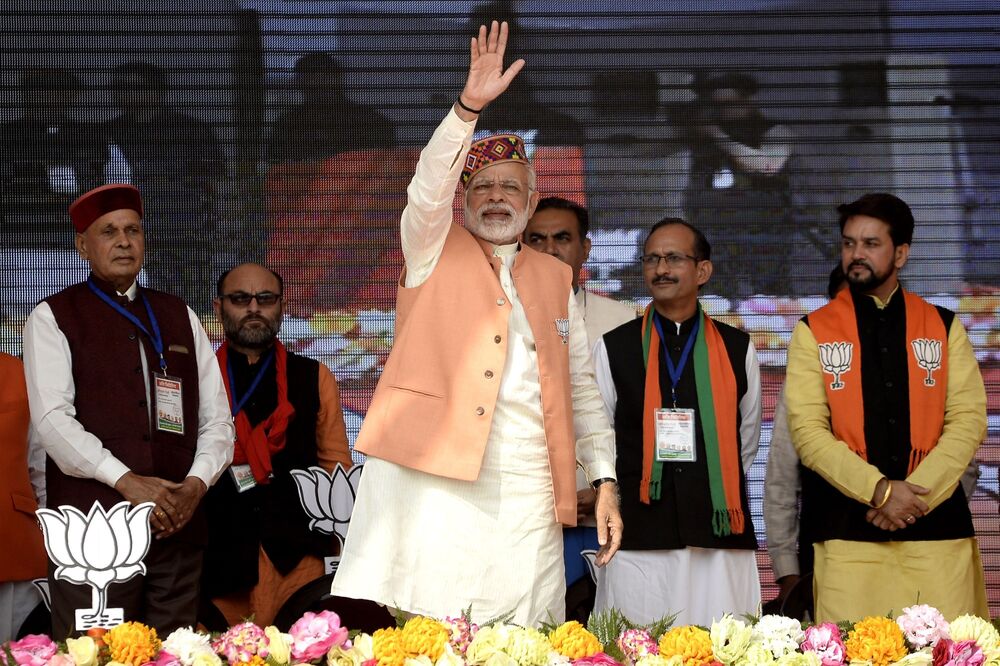28th December 2017
The Lok Sabha today passed the Triple Talaq bill by voice vote. The bill was passed after the House rejected a string of amendments moved by various opposition members. The bill will now be tabled in the Rajya Sabha.
The Muslim Women (Protection of Rights of Marriage) Bill, 2017, which makes instant triple talaq illegal and void and awarding a jail term of up to three years to the husband, was introduced in the Lok Sabha earlier today amid protests by several opposition parties.
The bill, prepared by an inter-ministerial group headed by Home Minister Rajnath Singh, makes instant triple talaq or talaq-e-biddat in any form - spoken, in writing or by electronic means such as email, SMS and WhatsApp "illegal and void" and provides for a jail term of three years for the husband.
What it entails:
*A Muslim man who resorts to Talaq-e-Biddat or instant talaq would be jailed for three years and custody of any minor children would be granted to the affected woman.
*The draft bill says, "any pronouncement of talaq by a person upon his wife, by words, either spoken or written or in electronic form or in any other manner whatsoever, shall be void and illegal".
*A Muslim man who resorts to Talaq-e-Biddat or instant talaq would be jailed for three years and custody of any minor children would be granted to the affected woman.
Earlier, BJP's Meenakshi Lekhi called for a law against maulvis who oversee instant triple talaq. She said talaq-e-biddat has nothing to do with religion. She further said women are the biggest minority in this country and this is why they have been oppressed in the society.
Earlier, speaking in the Lok Sabha Union Law Minister Ravi Shankar Prasad said the legislation meant to ensure gender justice to women is affected by instant divorce. The Congress has sought the bill to be sent to the Standing Committee, while few other opposition parties like the AIMIM and Biju Janata Dal have called the legislation an "injustice to Muslim women".
India is one of the few countries where the practice of instant divorce has survived and some Muslim groups have said that while it was wrong, the law should be reviewed by the community itself.
India’s civil codes are designed to protect the independence of religious communities. Unlike most Hindu civil laws, which have been codified and reformed, Muslim personal laws have largely been left untouched.
Members of the All India Muslim Personal Law Board said the government had no right to outlaw instant triple talaq, as it was directly interfering with the Muslim personal law.
Zakia Soman, founder of a Muslim women’s group, the Bharatiya Muslim Mahila Andolan, said once triple talaq becomes a legal offence, victims could approach the police and the legal system to initiate action against offenders.
Speaking on behalf of the government, MoS MJ Akbar called into question the credibility of All India Muslim Personal Law Board for opposing the move. He asked 'who made them community representatives?'



















